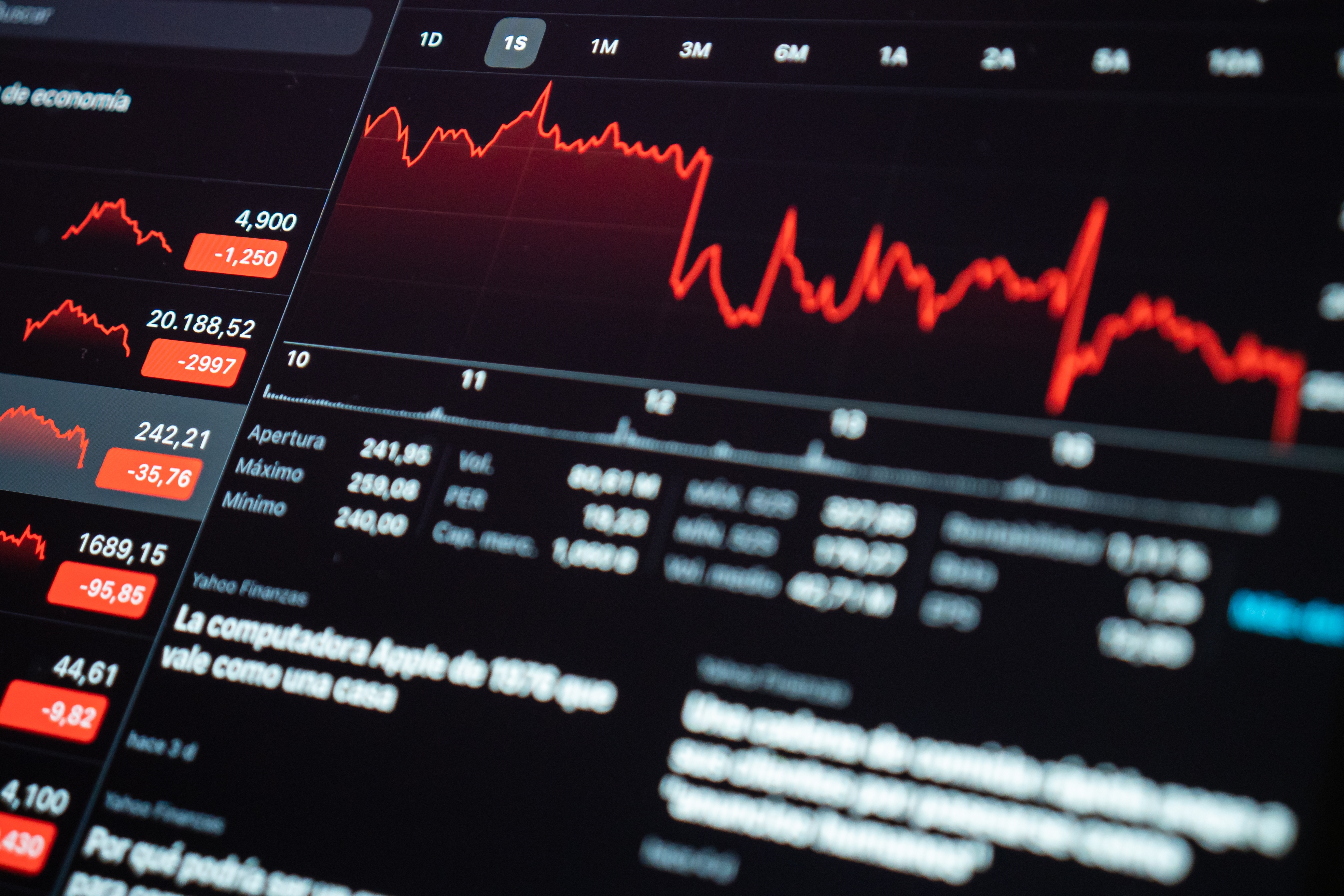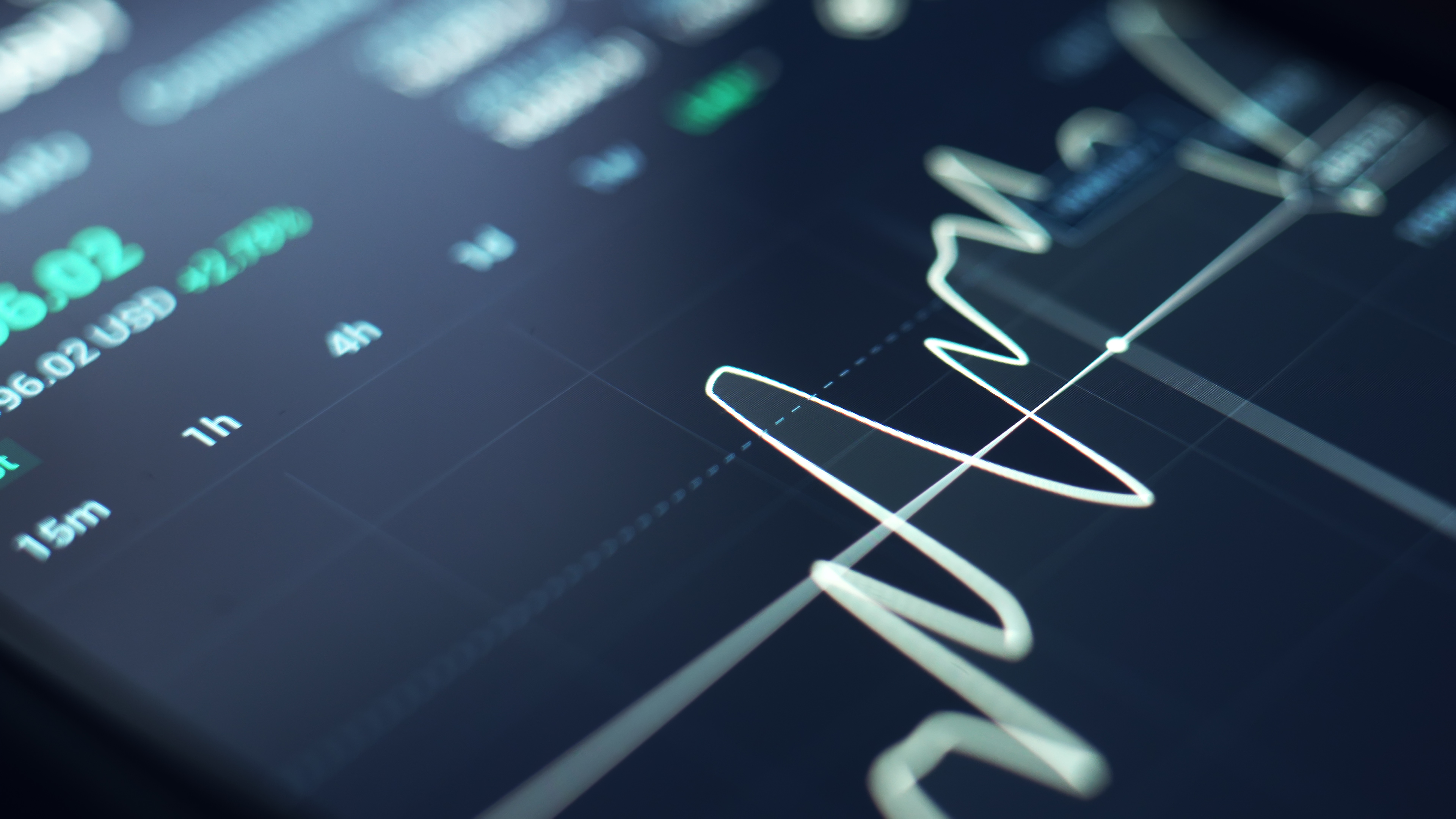Forex trading can be a lucrative but unpredictable endeavor. With countless variables at play and a seemingly endless stream of news and market trends, it can be challenging to make informed decisions and achieve consistent profits. This is where forex probability comes in.
It goes without saying that forecasting price changes in forex trading is difficult because there is no guarantee in the markets.
As the saying goes, "Nothing is certain but death and taxes."
But here's the good news: success in trading is not about certainty, it's about forex probability.
The goal of every trader is to identify the areas on a chart that offer the highest probability of a successful trade. To do this, you need to think in probabilities, to think in numbers and expectancy. That's the only way to make wiser trades and achieve long-term success.
Now, here's a common mistake I see many beginning traders make: they wait on the sidelines for days, waiting for the perfect setup that screams "Enter now!"
But the truth is, waiting for the perfect setup is not the way to succeed in trading. Your job is not to wait for the perfect trade to show up on your price chart, it's to develop a system that will give you an edge and to take trades based on probabilities.
One way to improve your thinking in probabilities is to learn how to play poker. Poker and trading have a lot in common: both are games of probability, and both require a strategic trading mindset.

What Is Probability In Forex?
Simply put, the probability is the likelihood of something happening. In the context of trading, it's the likelihood of a particular trade being successful.
This is different from certainty, which is, well, certain. And as we mentioned earlier, there's very little that's certain in the world of Forex.
But that doesn't mean we're just guessing.
Quite the opposite.
As traders, our job is to use all the information available to us to determine the probability of a trade working out. This involves analyzing charts, keeping an eye on news events, and understanding market sentiment.
Compare the best brokers on our webpage with our customizable table. We have curated a list of the best forex brokers for you to choose from. Our customizable table allows you to adjust the parameters to your preference, making it easy to find the perfect match for your trading style.
How Do You Calculate Probability In Forex?
Here's an example to illustrate how to calculate probability trading forex:
Let's say you think EURUSD has a 60% chance that it will go up and a 40% chance that it will go down. You also believe that if it's bullish, you could make a profit of $500, while if it's bearish, you could lose $300.
To calculate the expected value of this trade, you would use the formula:
Expected Value = (Probability of Profit) x (Value of Profit) – (Probability of Loss) x (Value of Loss)
So in this case, the expected value would be:
-
Expected Value = (0.60) x ($500) – (0.40) x ($300)
-
Expected Value = $300 – $120
-
Expected Value = $180
This means that if you were to take this trade many times, the average gain per trade would be $180. So, even though there's a chance that you could lose money on this trade, the expected value is positive, and it could be a good opportunity to take.
Remember, when trading Forex, it's important to think in probabilities and consider the potential value of each outcome.
Trust The Process
As a new trader, it's easy to fall into the trap of waiting for high-probability setups with favorable risk-to-reward ratios. Professional traders know that success in trading is more about probabilities and trusting the process.
Take a trading system with a 40% win rate. That means you can expect to win 40 trades and lose 60 out of every 100. But let's say each trade has a risk-to-reward ratio of 1:3. This means that you risk $1 to make $3 in profit.
If you were to risk $100 on each trade, your average loss would be $100 and your average gain would be $300.
With a 40% win rate, you would lose $6,000 (60 trades x $100) and gain $12,000 (40 trades x $300) over 100 trades.
In the end, you would make a net profit of $6,000.
What's important to remember here is that even with a 40% win rate, you're still profitable. Veteran traders understand that it's not about always being right, but rather having an edge in the market and executing trades with a positive expected value.
Trusting the process means sticking to your trading plan, even when you go through a losing streak. It means understanding that losses are just a natural part of the trading process and that success comes from focusing on the long-term results.

Assessing Your Forex Trading Performance
Let's say a forex trader has been using a high probability forex strategy for the past year and wants to assess their performance. They have a total of 100 trades with an average risk of $100 per trade and an average return of $150 per trade. To evaluate the effectiveness of their trading strategy, the trader can calculate the probability of success using the concept of counting probability in forex.
To do this, the trader needs to know the total number of trades plus winning and losing trades. In this case, the trader has 40 winning and 60 losing trades.
Using these figures, we can calculate the forex probability of success as follows:
Probability of Success = Number of Winning Trades / Total Number of Trades Probability of Success = 40 / 100 Probability of Success = 0.4 or 40%.
This means that the trader has a 40% chance of making a successful trade.
But, keep in mind that while past performance can provide valuable insights, it's not a guarantee of future results. To assess the effectiveness of the trading system more thoroughly, traders can use metrics such as the Sharpe ratio. By calculating the Sharpe ratio, traders can get a better understanding of the risk-adjusted return of their trading system.
In this case, let's assume that the risk-free rate of return is 1% and the standard deviation of the trader's returns is $75. Using this information, the trader can calculate their Sharpe ratio as follows:
Sharpe Ratio = (Average Return – Risk-Free Rate) / Standard Deviation Sharpe Ratio = ($150 – 1%) / $75 Sharpe Ratio = 1.99
However, it's important to note that the Sharpe ratio should be used in conjunction with other performance metrics to get a complete picture of the trading system's profitability. Traders should also consider metrics such as maximum drawdown, win rate, and average profit/loss per trade when assessing their forex trading performance over a longer period.
Final Thoughts
You've learned how to calculate probability in forex and how to use the Sharpe ratio to assess your trading performance. Remember, trading is all about probabilities and not about the outcome of individual trades.
So, don't get bogged down in the short-term ups and downs of the market. Instead, focus on developing a high-probability trading strategy and let the numbers work for you.
Also, check out our comprehensive comparison page for the best forex brokers in 2023.

 RoboForex
RoboForex Exness
Exness FxPro
FxPro Alfa-Forex
Alfa-Forex Libertex
Libertex FxGlory
FxGlory XM
XM IC Markets
IC Markets Forex.com
Forex.com AXITrader
AXITrader